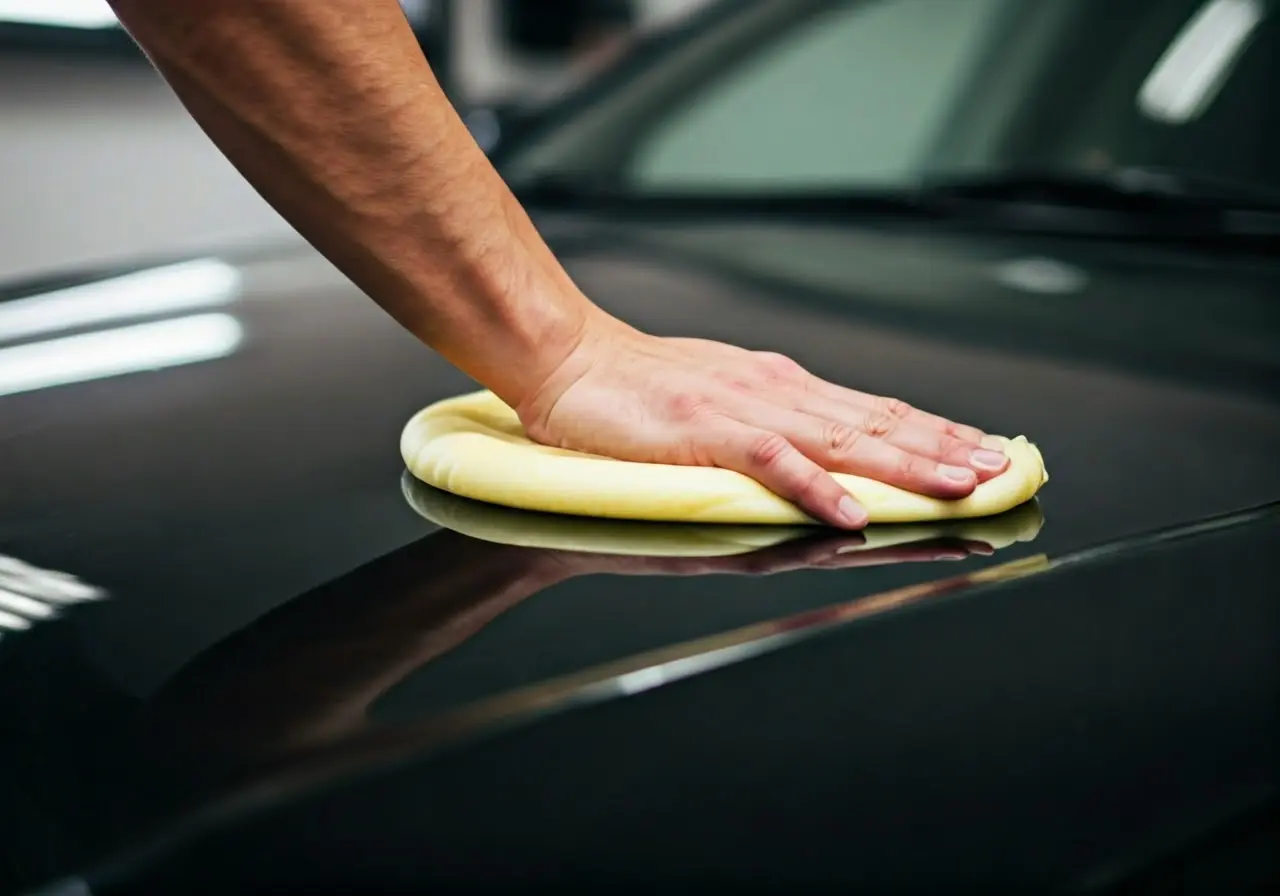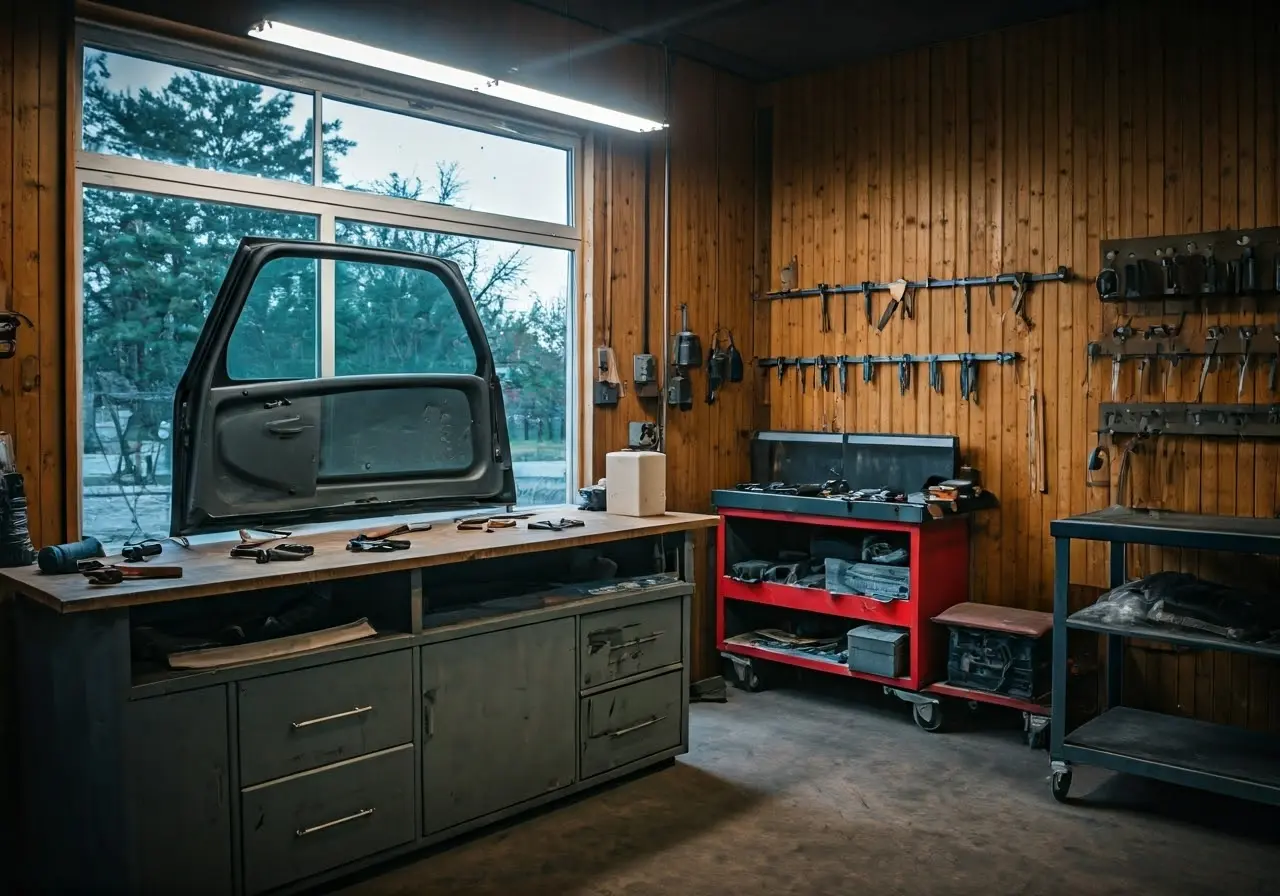

9 Precision Detailing Techniques to Protect Your Car’s Paint
Keeping your car’s paint in pristine condition requires more than just the occasional wash. With precision detailing techniques, you can ensure your vehicle looks impeccable for years to come. Whether you’re new to car care or a seasoned enthusiast, these techniques offer clear steps to maintaining your car’s glossy exterior.
1. The Magic of Hand Washing
Hand washing your car is more than a simple rinse. It allows you to thoroughly clean every inch of the surface, ensuring no dirt or residue is left behind. Using a high-quality car shampoo and a soft sponge can prevent scratches and blemishes. Additionally, remember to rinse often and use the two-bucket method to keep the wash mitt clean and free from grit. By taking your time and paying attention to detail, you can avoid swirl marks and maintain a flawless finish.
For a touch of professional care, consider washing your car in the shade or during cooler parts of the day to prevent soap from drying onto the paint. You might also want to try pH-neutral car shampoos to be gentle on your paint and retain its natural shine. Integrating these practices into your routine can significantly enhance the benefits of hand washing.
2. The Importance of Claying
Claying your car removes debris and contaminants that washing cannot. This technique creates a smooth surface, prepping your car for waxing or polishing by removing things like brake dust and industrial fallout. By gliding a lubricated clay bar gently over the paint, you pick up impurities that are embedded in the clear coat. This step is crucial for achieving that mirror-like finish we all admire in showroom cars.
Using a clay bar may seem meticulous, but its role in achieving a pristine surface cannot be underestimated. Choose a high-quality clay bar and use it with a dedicated clay lubricant to avoid scratching the surface. After claying, you’ll notice an instantly smoother finish, which provides an ideal foundation for the next steps in your detailing routine.
3. The Role of Polishing
Polishing is key to removing minor scratches and marks. This process helps restore the original paint’s luster, enhancing its shine. Using a quality polish product can make all the difference in improving the final finish of your vehicle. It’s advisable to use a dual-action polisher for even results and to minimize the risk of creating further scratches. This method not only restores the paint’s gloss but also amplifies the depth and color of your car’s finish.
Consider using polish with mild abrasives to take care of those delicate swirl marks and oxidation. Polishing should generally be done before waxing, as it sets the stage for the protective layer of wax or sealant. It’s important to thoroughly buff and remove all polish residue, ensuring a clean and shiny surface ready for the next protective coat.
4. The Shield of Waxing
Waxing provides a protective layer over your car’s paint. This barrier repels water and protects against UV rays, which can cause fading. Applying wax regularly ensures your paint remains shiny and protected from the elements. Traditionally derived from natural sources, carnauba wax is popular for its high-quality finish. Synthetic waxes, however, offer longer-lasting protection. Both are effective at maintaining that fresh-from-the-showroom look.
To maximize benefits, wax your car every three months or after heavy weather exposure. For best results, apply wax in a cool, shaded area. Use circular motions with a foam applicator and finish with a microfiber towel to buff out and reveal the glossy, protected layer. With regular use, wax can significantly enhance your car’s appearance while preserving its paintwork.
5. Sealing for Long-Lasting Protection
Paint sealants offer long-lasting protection compared to traditional wax. They provide an extra layer of defense against environmental contaminants. Sealing your paint can prolong its shiny appearance and keep it looking new. Unlike wax, sealants provide a chemical bond to the paint surface, offering durability to last several months.
Applying a paint sealant is straightforward but requires a clean, dry surface. After polishing, spread a thin coat of sealant onto the paint and allow it to cure according to the product instructions. Buff off with a clean microfiber cloth for a lustrous finish. Opt for this solution if you prefer an extended interval between detailing schedules.
6. The Power of Ceramic Coating
Ceramic coating is a popular choice for car enthusiasts wanting long-term protection. It bonds with the car’s paint, providing unmatched protection and hydrophobic properties. This means your car stays cleaner longer and is easier to wash. Unlike wax or sealants, ceramic coatings create a semi-permanent layer that resists scratches, chemical etching, and UV damage.
Ceramic coatings should be applied by a professional for optimal effectiveness. The coating’s hydrophobic nature allows water to bead up and roll off easily, taking dirt with it. For car owners keen on minimizing upkeep and maximizing protection, investing in ceramic coating is a savvy choice.
7. Proper Drying Techniques
Drying your car properly is essential to avoid water spots. Using a microfiber towel helps absorb water efficiently. Ensure you blot instead of wiping to prevent any new scratches from forming on the surface. It’s advisable to start from the top of the vehicle and work your way down, following the pattern of your rinse.
Consider using a leaf blower or compressed air tool to reach tight spaces like mirrors, grilles, and badges, where water tends to collect. By utilizing air drying techniques, you can completely eliminate spots and the risk of abrasions from wiping. Proper drying ensures your car’s finish remains smooth and clear.
8. Keeping the Trim Pristine
Many forget their car’s trim, but it’s an important part of the detailing process. Using designated products helps keep the trim looking fresh and prevents fading and cracking. Opt for trim restorer products that provide UV protection and enhance the natural tone of the material.
After cleaning, apply a trim protectant carefully along the edges where plastic meets paint. Regular upkeep not only retains the aesthetic appeal but also contributes to the overall longevity and value of your vehicle. Remember, a well-maintained trim complements the polished finish of your car’s paintwork beautifully.
9. Routine Maintenance Checks
Regular checks are vital to spotting potential problems early. Addressing chips or scratches with touch-up paint ensures small issues don’t turn into big problems, maintaining your car’s pristine look. Ignoring minor damages can lead to rust and larger paint issues over time.
Make a habit of inspecting your vehicle for imperfections during washes. For small chips, use a sandpaper kit to smooth edges followed by touch-up paint to match. Consistent diligence in routine maintenance ensures the enduring beauty of your car—a true reflection of precise detailing.






